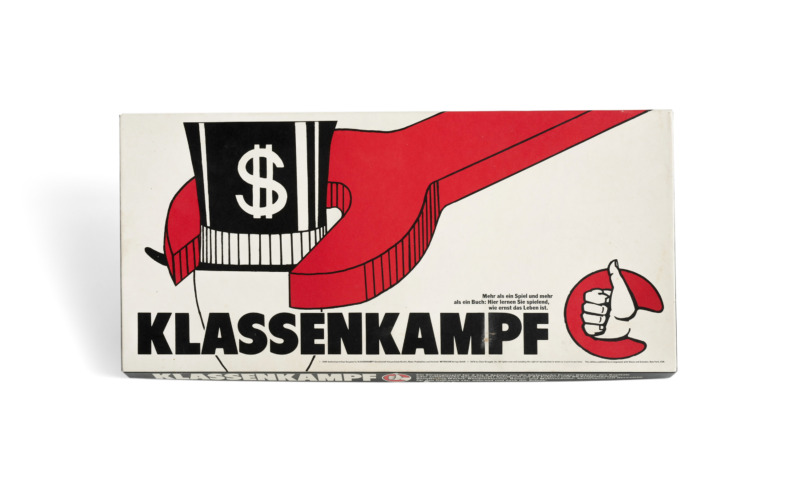On August 8, 1923, Herbert Bayer was consigned to design this banknote.
The hyperinflation as one of the most radical devaluations of money in Germany had peaked at that point. The painter, typographer and then Bauhaus young master quickly completed a concept for the supraregional emergency money of the state of Thuringia.
As a standardised, easily reproducible design, the emergency money exemplifies the change in direction of the Bauhaus under Walter Gropius, who put forth the ideal of a new unity of art and technology. Instead of traditional design elements such as coats of arms and national heroes, pale colours and ornate typography, Herbert Bayer chose a geometric design language, intense colours and a sans-serif font.
The printing colours of the banknotes changed in a regular, short cycle of a few days: first the primary colours yellow, red, blue, followed by the secondary colours orange, green, violet and finally the tertiary colours citrine, russet and olive. The same colours can also be found in Wassily Kandinsky’s colour theory.
The emergency money designed by Herbert Bayer can be seen in different colour and value variants from one million to one billion marks in the current special exhibition “Democracy and Its Eagles. National Branding in the Weimar Republic” from June 18 to October 20, 2020 in the Werkbundarchiv – Museum der Dinge.

